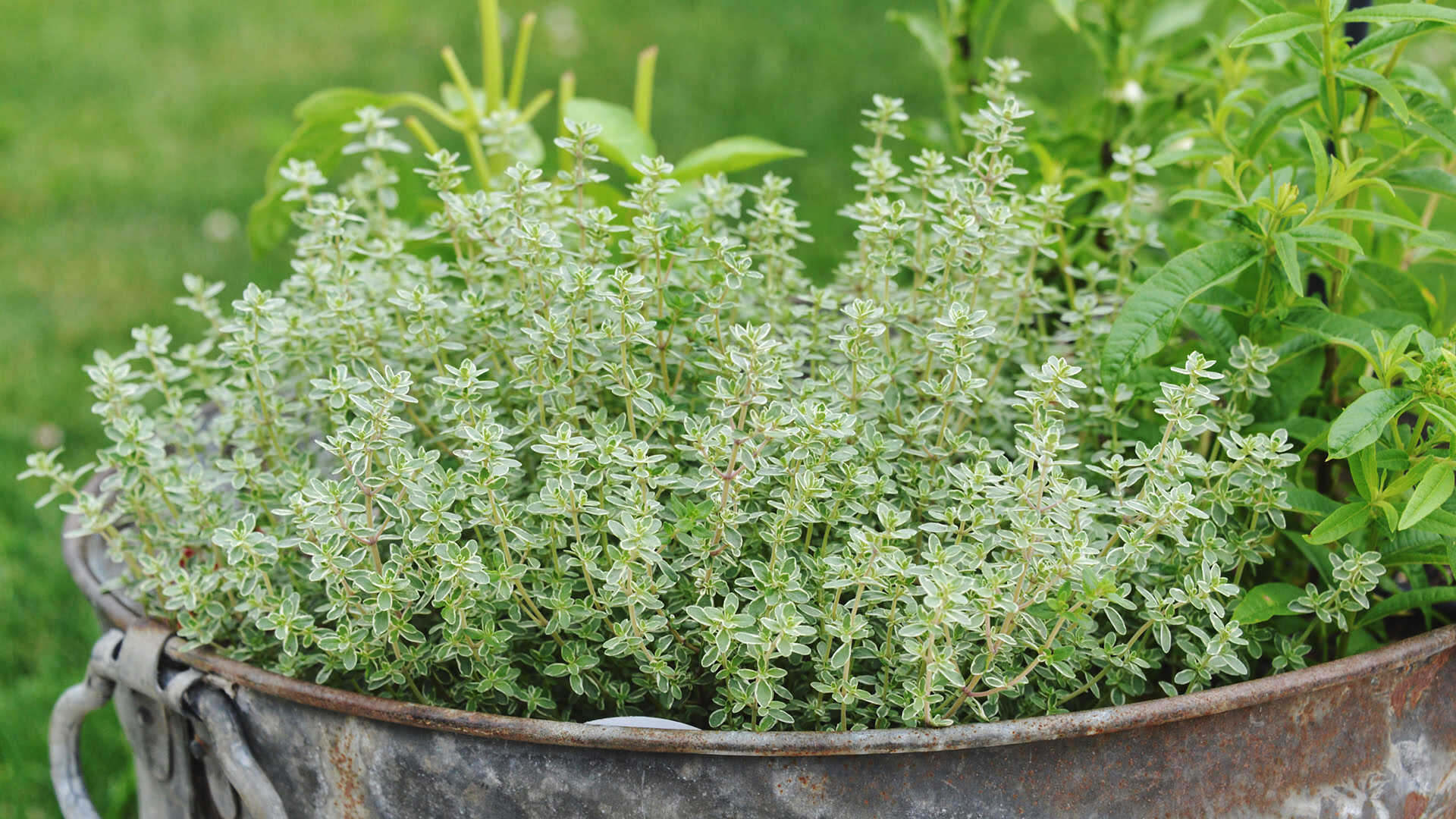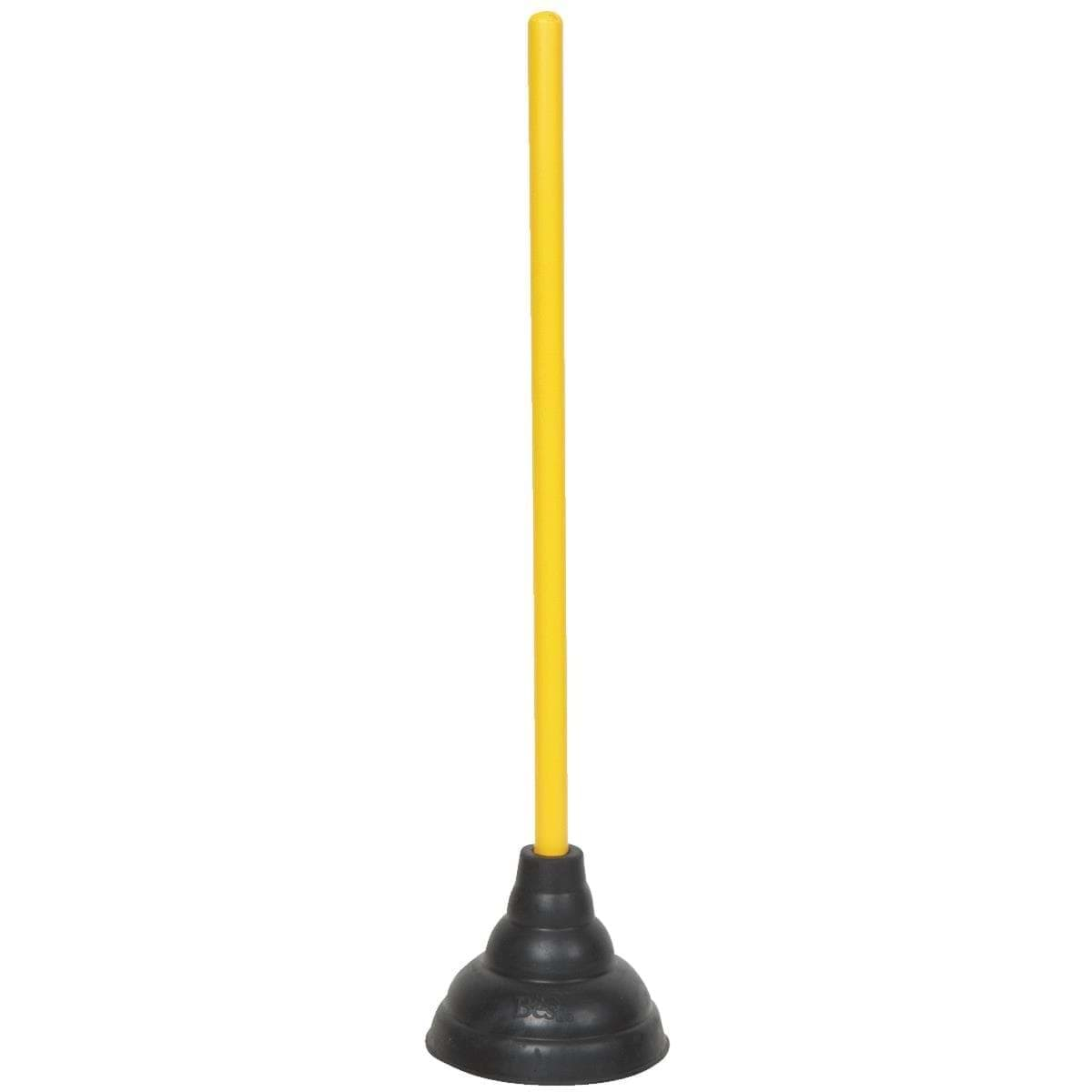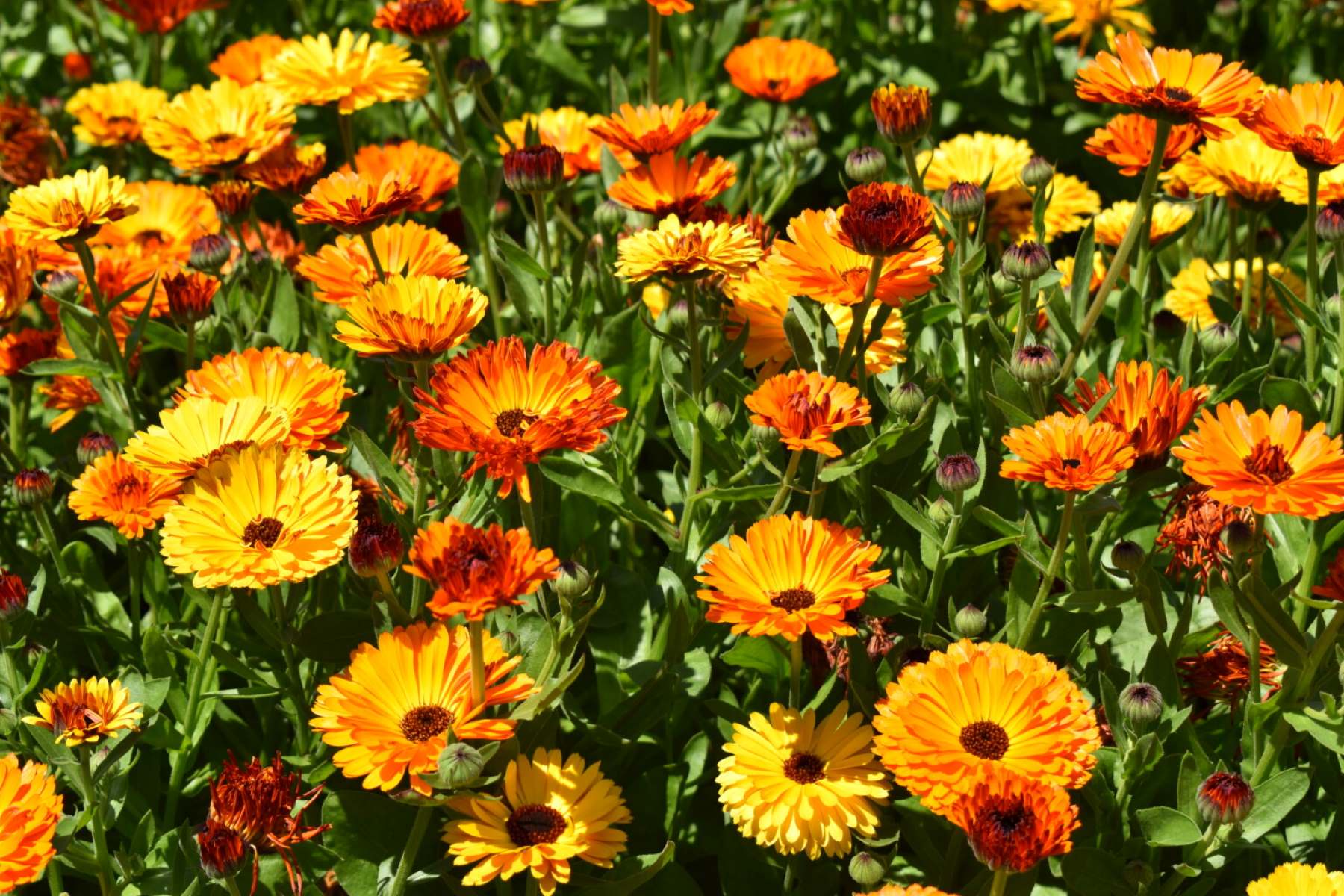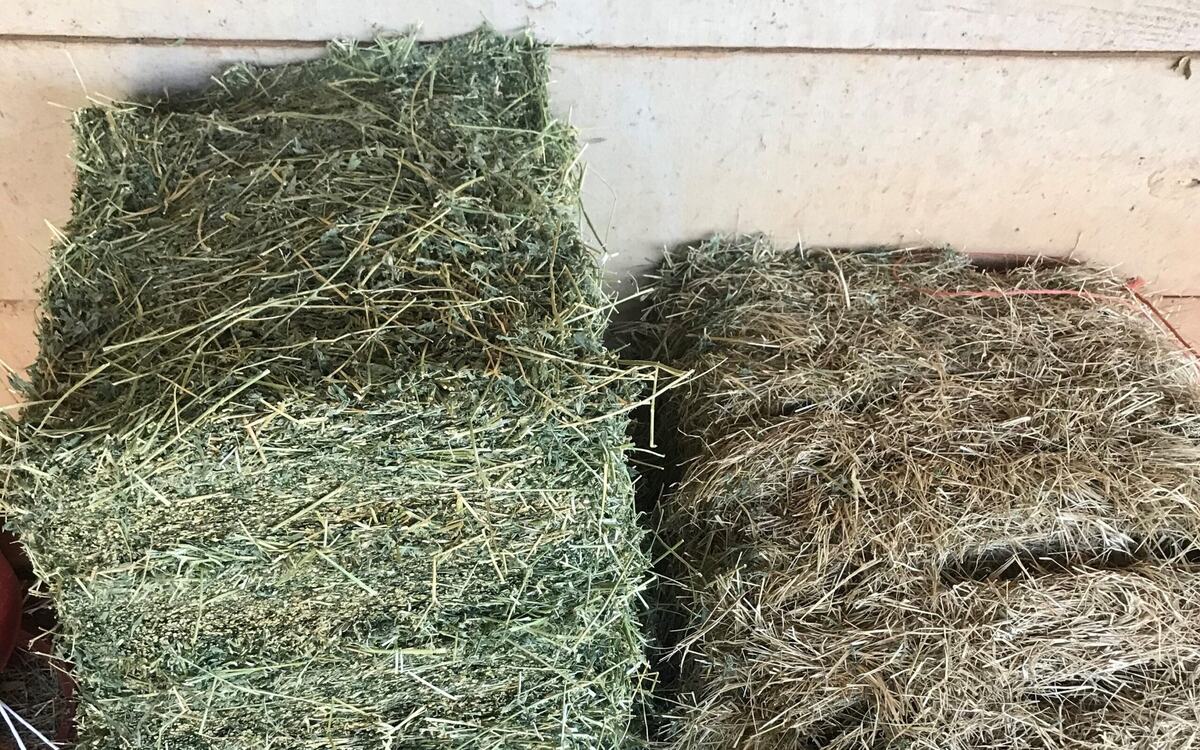Home>Garden Essentials>Garden Plants>What Does A Thyme Plant Look Like


Garden Plants
What Does A Thyme Plant Look Like
Modified: May 6, 2024
Discover what a thyme plant looks like and learn more about this versatile herb. Explore its unique features and how to care for thyme plants.
(Many of the links in this article redirect to a specific reviewed product. Your purchase of these products through affiliate links helps to generate commission for Storables.com, at no extra cost. Learn more)
Introduction
Welcome to the fascinating world of thyme plants! If you’ve ever wondered what a thyme plant looks like, you’re in the right place. Thyme is a popular herb that has been used for centuries in various cuisines and traditional medicine.
Thyme plants belong to the Lamiaceae family and are known for their aromatic leaves and small, delicate flowers. Native to the Mediterranean region, these perennial plants have found their way into gardens and kitchens worldwide.
In this article, we will explore the characteristics, structure, and appearance of thyme plants, as well as the various varieties and their uses. Whether you’re an avid gardener looking to add some greenery to your herb garden or a culinary enthusiast seeking to enhance your dishes with the distinct flavor of thyme, this article will provide you with valuable insights.
So, let’s dive into the enchanting world of thyme plants and discover their captivating beauty and versatility!
Key Takeaways:
- Thyme plants are versatile, aromatic, and visually appealing, making them a delightful addition to gardens and culinary endeavors. Their compact growth, fragrant leaves, and delicate flowers offer a sensory experience for all.
- With their diverse varieties and culinary, medicinal, and ornamental uses, thyme plants bring joy and flavor to gardening and cooking. From earthy scents to vibrant flowers, thyme offers a captivating journey for enthusiasts.
Read more: What Does Thyme Look Like?
Characteristics of a Thyme Plant
Thyme plants are characterized by their small size and compact growth habit. They typically reach a height of 6 to 12 inches and spread out to form dense, bushy mounds. The leaves of thyme are small, narrow, and elliptical, measuring around 1 to 2 centimeters in length.
One of the most distinctive features of thyme plants is their aromatic foliage. When you gently rub the leaves between your fingers, they release a delightful fragrance that is often described as earthy, herbal, and slightly minty.
The color of thyme plant leaves can vary depending on the variety. Common thyme (Thymus vulgaris) has gray-green leaves, while lemon thyme (Thymus citriodorus) has pale green leaves with a hint of yellow. Some varieties, like woolly thyme (Thymus pseudolanuginosus), have fuzzy, silver-gray leaves, adding a unique texture to the plant.
Thyme plants are perennial, which means they can survive for several years with proper care. They have a woody stem that becomes more pronounced as the plant matures. These stems are often covered with small, fine hairs, giving them a slightly fuzzy appearance.
When left to grow naturally, thyme plants tend to develop a slightly trailing or cascading growth habit. However, regular pruning can help maintain a more compact and bushy shape, making them ideal for containers or compact garden spaces.
Overall, the characteristics of a thyme plant make it an attractive and versatile addition to any garden. Its small size, aromatic foliage, and different leaf colors allow for creative landscaping combinations and a visually appealing display.
Leaf Structure of Thyme Plant
The leaves of a thyme plant are an integral part of its charm and appeal. They possess unique characteristics that contribute to their distinct flavor, fragrance, and visual allure.
The shape of thyme plant leaves can be described as small, narrow, and elliptical. They are arranged in an opposite manner along the stems, meaning that each pair of leaves grows in opposing directions from the stem.
The edges of thyme leaves are smooth and may have a slightly wavy appearance, adding a touch of texture to the plant’s overall aesthetic. Depending on the variety, the leaves may also have a slightly toothed or serrated appearance, though this feature is less common.
One of the most remarkable aspects of thyme leaves is their aromatic nature. This is due to the presence of essential oils contained within the leaf tissues. When the leaves are gently pressed or crushed, they release these oils, infusing the surrounding air with a delightful fragrance.
The aroma of thyme leaves varies depending on the species and variety. Common thyme (Thymus vulgaris) has a strong, earthy scent with notes of camphor and mint. Lemon thyme (Thymus citriodorus) imparts a delightful lemony fragrance, while caraway thyme (Thymus herba-barona) has a distinct caraway-like aroma.
The color of thyme leaves also adds to their visual appeal. Most varieties have green leaves, with shades ranging from pale green to gray-green. Lemon thyme stands out with its vibrant yellowish-green foliage. Some varieties, like silver thyme (Thymus argenteus), have leaves with a silver-gray hue, which can add a touch of elegance to any garden.
Thyme leaves are not only visually appealing and aromatic but also hold culinary and medicinal value. Their unique flavor profile makes them a popular addition to a wide range of dishes, including soups, stews, marinades, and roasted meats. Medicinally, thyme leaves are known for their antiseptic and expectorant properties, making them a common ingredient in natural remedies for coughs and respiratory ailments.
In summary, the leaf structure of thyme plants showcases their beauty, aroma, and culinary significance. Their narrow, elliptical shape, aromatic oils, and diverse colors contribute to the overall appeal and versatility of thyme plants in both the garden and the kitchen.
Stem Structure of Thyme Plant
The stem structure of a thyme plant plays a crucial role in its overall growth, support, and resilience. These small yet hardy plants have distinct stem characteristics that contribute to their unique appearance and ability to thrive in various conditions.
Thyme plants have stems that are typically woody and become more pronounced as the plant matures. The stems are often square-shaped, a characteristic common to plants in the mint family, to which thyme belongs. This square shape provides strength and stability to the plant.
The stems of thyme plants are covered with small, fine hairs or pubescence, giving them a slightly fuzzy or velvety texture. This pubescence can vary in density, with some varieties having more pronounced fuzziness than others. The fine hairs serve multiple purposes, including reducing water loss through evaporation, protecting the plant from herbivores, and reflecting excess sunlight.
Thyme stems can also develop a trailing or cascading growth habit, especially when left to grow freely without trimming or pruning. This trailing habit is particularly noticeable in varieties such as creeping thyme (Thymus serpyllum). However, with regular pruning, the stems can be encouraged to grow in a more compact and upright manner, making them suitable for container gardening or as borders in garden beds.
One interesting characteristic of thyme stems is their ability to root at nodes. Nodes are the points on the stem where the leaves emerge. If a thyme stem comes into contact with moist soil or a suitable growing medium, it has the potential to develop roots at these nodes, forming new plants through a process called layering. This trait can make thyme plants adaptable and easy to propagate, as new plants can take root and establish themselves without much effort.
The stems of thyme plants serve as the main conduits for the transport of water, nutrients, and sugars between the roots and the leaves. They provide structural support to the plant and facilitate its growth and development. Proper care and maintenance of thyme stems, including regular pruning and removing any dead or damaged portions, help to promote a healthier plant and encourage new growth.
In summary, the stem structure of a thyme plant is characterized by woody, square-shaped stems covered in fine hairs. These stems can exhibit a trailing growth habit and have the ability to root at nodes, contributing to the plant’s adaptability and ease of propagation. Understanding the unique stem structure of thyme plants can aid in their cultivation and maintenance for optimal growth and appearance.
Flowering Appearance of Thyme Plant
The flowering appearance of a thyme plant is a delightful sight, as it adds a burst of color and beauty to the garden. While thyme plants are primarily valued for their aromatic leaves, their small, delicate flowers are equally captivating.
Thyme plants produce flowers that typically bloom in late spring or early summer, depending on the variety and growing conditions. The flowers are small, tubular in shape, and arranged in dense clusters at the tips of the stems. The individual flowers are usually only a few millimeters in size, but when they come together, they create a stunning visual display.
The most commonly seen color of thyme flowers is a beautiful shade of lavender or lilac. However, depending on the variety, these flowers can also be white, pink, or even a deep purple. Some varieties, like lemon thyme, have flowers that are pale pink to white, adding a touch of softness to the plant’s overall appearance.
The flowering period of thyme plants can vary, lasting anywhere from a few weeks to a couple of months, depending on the environmental conditions and the specific cultivar. The flowers attract bees and other pollinators, making thyme plants a valuable addition to any pollinator-friendly garden.
While thyme flowers may not be as showy or flamboyant as those of other garden flowers, their modest size and delicate structure lend an understated charm to the plant. Additionally, the fragrance of thyme flowers is often as captivating as their appearance, providing a sensory experience that adds to their overall allure.
After flowering, thyme plants may produce small, dry fruit capsules that contain tiny seeds. These seeds can be harvested and used for propagating new thyme plants, allowing for the expansion of your thyme garden or sharing with fellow gardeners.
In summary, the flowering appearance of thyme plants brings a touch of color and beauty to the garden. The small, tubular flowers arranged in clusters create a visually pleasing display, often in shades of lavender, lilac, pink, or white. Though modest in size, thyme flowers are beloved for their delicate structure and delightful fragrance, making them an enchanting addition to any garden landscape.
A thyme plant is a small, woody shrub with tiny, aromatic leaves. It has a low, spreading growth habit and produces small, pink or purple flowers in the summer. Thyme is a great addition to any herb garden and can also be grown in containers.
Read more: What Does Dry Thyme Look Like
Growth Habit of Thyme Plant
The growth habit of a thyme plant can vary depending on the specific variety, environmental conditions, and cultivation practices. However, thyme plants typically share some common growth characteristics that make them unique and appealing.
Thyme plants are perennial herbs, meaning that they can live for several years with proper care. They have a relatively low-growing and spreading habit, forming dense, compact mounds of foliage. The mature size of thyme plants usually ranges from 6 to 12 inches in height, with a spread of approximately 12 to 18 inches.
Thyme plants have a trailing or cascading growth habit, particularly if they are left to grow undisturbed. This trailing habit is more evident in varieties such as creeping thyme (Thymus serpyllum), which can create beautiful ground covers or cascade over the edges of containers or garden walls. However, regular pruning and trimming can help maintain a more upright and compact growth form, making them suitable for various garden settings.
The growth rate of thyme plants is generally considered slow to moderate. They are not rapid growers but rather steady and resilient. Thyme plants prefer well-draining soil and are quite drought-tolerant once established. They are also known for their ability to withstand hot and dry conditions, making them suitable for xeriscaping or gardens with minimal watering requirements.
Thyme plants have a remarkable adaptability to different growing conditions. They thrive in full sun, which allows them to develop their best flavor and fragrance, but they can also tolerate light shade. However, insufficient sunlight may result in leggy growth and less intense flavor in the leaves.
While thyme plants are hardy perennials, they benefit from regular pruning and renewal to maintain their vitality. Pruning not only helps control their shape and size but also stimulates new growth and improves air circulation, which reduces the risk of disease. Trimming back thyme plants after flowering also encourages a fuller and bushier appearance.
Thyme plants have a shallow root system, so they are not competitive with surrounding plants for water and nutrients. This makes them ideal for interplanting with other herbs or as ground covers in garden beds.
In summary, the growth habit of a thyme plant is characterized by its low-growing, compact mound shape and trailing tendencies. They prefer full sun and well-draining soil, but they can adapt to different conditions with relative ease. Regular pruning and maintenance help to keep thyme plants in optimal shape and promote healthy growth and vitality in the garden.
Common Varieties of Thyme Plants
Thyme plants encompass a wide range of varieties, each with its own unique characteristics in terms of flavor, fragrance, and appearance. Here are some of the most common and popular varieties of thyme that you may encounter in gardens and culinary endeavors:
- Common Thyme (Thymus vulgaris): This is the classic and most widely known variety of thyme. It has gray-green leaves and a robust, earthy flavor. Common thyme is a versatile herb used in a variety of savory dishes, including stews, soups, and roasted meats.
- Lemon Thyme (Thymus citriodorus): Lemon thyme is prized for its bright lemony fragrance and flavor. It has pale green leaves with a lemon-like aroma and a slightly sweeter taste compared to common thyme. It pairs well with fish, poultry, and citrus-based dishes.
- English Thyme (Thymus vulgaris ‘English’): This variety of thyme is known for its strong and distinct flavor. It has smaller leaves compared to common thyme and delivers a flavorful punch to culinary creations such as sauces, marinades, and stuffings.
- Caraway Thyme (Thymus herba-barona): Caraway thyme features leaves with a unique caraway-like fragrance and flavor. This variety adds an interesting twist to dishes and is often used in bread, cheese, and sausage making.
- Certainly Magic Thyme (Thymus vulgaris ‘Certain’): This thyme variety is prized for its dense, compact growth habit and intense flavor. It has small, dark green leaves and is highly aromatic, making it a favorite among cooks and gardeners alike.
These are just a few examples of the many thyme varieties available. Other notable varieties include silver thyme with its silver-gray leaves, woolly thyme with its fuzzy texture, and creeping thyme, ideal for ground cover in garden beds.
When selecting thyme plants for your garden, consider their flavor profiles and intended use in culinary or aromatic applications. Experimenting with different varieties can add depth and complexity to your cooking and provide a sensory experience in your garden.
It’s worth noting that thyme plants are often sold as compact, potted seedlings or as small plants ready for transplanting. They are relatively easy to grow from seed or propagate through stem cuttings, allowing you to expand your collection of thyme varieties over time.
In summary, thyme plants offer a wide range of delicious and aromatic possibilities. From the classic flavor of common thyme to the citrusy twist of lemon thyme, there is a thyme variety to suit every taste and culinary preference. Don’t hesitate to explore the diverse world of thyme and discover your favorites for cooking and gardening adventures!
Uses of Thyme Plants
Thyme plants are not only admired for their ornamental value but also highly valued for their versatility in the culinary and medicinal world. Their aromatic leaves and unique flavor make them a beloved ingredient in various dishes, while their medicinal properties have been recognized for centuries. Here are some of the common uses of thyme plants:
- Culinary Delights: Thyme is a staple herb in many kitchens, adding depth and flavor to a wide range of dishes. Its earthy, slightly minty taste is especially well-suited for savory recipes. It pairs exceptionally well with roasted meats, poultry, vegetables, soups, stews, and sauces. Whether used fresh or dried, thyme leaves contribute a unique aroma and taste to culinary creations.
- Herbal Teas and Infusions: Thyme leaves can be infused into hot water to make a delicious and soothing herbal tea. Thyme tea is known for its calming and soothing properties and is often used to relieve minor respiratory discomforts, coughs, and throat irritations.
- Aromatic Potpourri and Sachets: The pleasant fragrance of thyme leaves makes them a popular choice for homemade potpourri and sachets. Simply dry the leaves, mix them with other aromatic dried flowers or herbs, and place them in a decorative container or fabric sachet to create natural air fresheners for your home.
- Herbal Baths and Relaxation: Thyme leaves can be used in herbal baths to create a fragrant and relaxing bathing experience. Add dried thyme leaves to a muslin bag or directly to the bathwater for a soothing soak that can help relieve stress and relax tense muscles.
- Traditional Medicine: Thyme has a long history of use in traditional medicine for its potential health benefits. It is believed to have antibacterial, antifungal, and antiviral properties. Thyme preparations, such as tinctures or gargles, are sometimes used as natural remedies for sore throat, coughs, and respiratory congestion. However, it is important to consult a healthcare professional before using thyme for medicinal purposes.
- Preservation of Food: Thyme’s antimicrobial properties have made it a popular herb for food preservation. It has been used historically as a natural food preservative, especially in meat and fish dishes, to inhibit the growth of harmful bacteria and promote food safety.
- Herb Gardens and Landscaping: Thyme plants are a wonderful addition to herb gardens and landscaping. Their low-growing habit, aromatic foliage, and dainty flowers add visual interest and texture to garden beds, borders, and rock gardens. Thyme can also be grown in containers, making it a versatile option for both indoor and outdoor gardens.
These are just a few of the many ways to incorporate thyme plants into your daily life. Whether you are a passionate home cook, an herbal enthusiast, or a lover of garden beauty, thyme is sure to bring joy and flavor to your experiences.
Remember to harvest thyme leaves in moderation, ensuring that the plant has enough foliage to continue thriving. Enjoy the abundance of flavors and aromas that thyme plants offer, and have fun exploring the countless possibilities they bring to your culinary and well-being pursuits.
Cultivating and Caring for Thyme Plants
Thyme plants are relatively easy to cultivate and care for, making them a great addition to any herb garden or landscape. Whether you’re a seasoned gardener or a beginner, here are some essential tips for growing healthy and thriving thyme plants:
- Choosing the Right Location: Thyme plants thrive in full sun, so it’s important to choose a location with at least 6-8 hours of direct sunlight per day. Well-draining soil is crucial, as thyme plants are susceptible to root rot in soggy conditions. If your soil tends to retain water, consider adding organic compost or sand to improve drainage.
- Planting and Spacing: When planting thyme, space the plants at least 12-18 inches apart to allow for optimum air circulation and prevent overcrowding. Dig a hole slightly larger than the root ball of the thyme plant and gently place it in, ensuring that the crown (the area where the roots meet the stem) is level with the soil surface.
- Watering: Thyme plants are drought-tolerant once established and do not require frequent watering. Allow the soil to dry out slightly between waterings, and then water deeply to encourage the roots to grow deeply as well. Overwatering can lead to root rot, so it’s important to strike a balance and avoid soggy conditions.
- Pruning and Maintenance: Regular pruning is essential to keep thyme plants healthy and compact. After flowering, trim back the spent flower stems to encourage bushier growth. In late winter or early spring, lightly prune the entire plant to remove dead or woody stems. This helps promote new growth and keeps the plant looking tidy.
- Fertilizing: Thyme plants are not heavy feeders and generally do well without excessive fertilization. However, once a year in early spring, you can apply a balanced organic fertilizer or compost around the base of the plants to provide some nutrients. Be careful not to over-fertilize, as this can encourage excessive foliage growth at the expense of flavor and aroma.
- Pest and Disease Control: Thyme plants are relatively pest and disease-resistant. However, they may occasionally encounter issues such as aphids or root rot in poorly draining soil. Regularly inspect your plants for pests, and if necessary, rinse them off with a strong jet of water or use organic pest control methods. Ensure good air circulation around the plants to prevent fungal diseases.
- Harvesting: You can begin harvesting thyme leaves once the plants have become established and have a sufficient amount of foliage. Harvest by gently snipping off the stem tips or individual leaves. Avoid harvesting more than one-third of the plant at a time to allow for continued growth. Thyme leaves are best used fresh, but you can also dry them for later use by tying small bundles and hanging them upside down in a cool, well-ventilated area.
By following these simple guidelines, you can cultivate healthy and vibrant thyme plants in your garden. With their aromatic foliage, beautiful flowers, and culinary versatility, thyme plants are sure to bring joy and flavor to your gardening and culinary endeavors.
Remember to observe your thyme plants closely, adjust care based on their specific needs, and enjoy the bountiful harvest of this wonderful herb!
Read more: What Does Thyme Taste Like?
Conclusion
Thyme plants are not just ordinary herbs; they are a gateway to a world of aroma, flavor, and natural beauty. Whether you’re a passionate gardener, a budding chef, or simply someone who appreciates the wonders of nature, thyme plants have something to offer.
From the moment you see the small, narrow leaves and touch their fuzzy texture, you’ll be captivated by the charm of thyme plants. Their compact growth habit, trailing stems, and delicate flowers create a visual feast in gardens, containers, and landscapes.
But thyme plants offer more than just visual appeal. The aromatic foliage releases a symphony of scents, from earthy and herbal to citrusy and minty. These fragrant leaves infuse dishes with depth and character, elevating the culinary experience and delighting your taste buds.
Thyme plants also have a rich history of medicinal use, revered for their potential health benefits. Whether it’s a soothing cup of thyme tea for a cough or a fragrant herbal bath for relaxation, their therapeutic properties are appreciated by herbal enthusiasts and natural health practitioners.
Fortunately, cultivating and caring for thyme plants is a rewarding and straightforward endeavor. With a sunny spot, well-draining soil, and a few basic maintenance practices like pruning and watering, you can nurture thriving thyme plants in your garden or home.
So, whether you’re planning to introduce thyme to your herb garden, incorporate its flavors into your culinary creations, or simply enjoy the sight and scent of this remarkable herb, thyme plants are a wonderful addition to any space.
In conclusion, thyme plants offer a delightful combination of beauty, fragrance, and flavor. These small but mighty herbs have been cherished for centuries and continue to enrich our lives today. So, embrace the world of thyme and allow yourself to be immersed in its captivating allure.
Now that you've got a handle on what a thyme plant looks like, why not expand your gardening skills further? Growing your own herb garden offers a bounty of benefits, from fresh flavors to aromatic delights right at your fingertips. Dive into our guide on how to nurture a variety of herbs, ensuring your culinary creations are always infused with the freshest tastes. Whether you're a seasoned gardener or just starting out, this guide will help you grow a lush, vibrant herb garden effortlessly.
Frequently Asked Questions about What Does A Thyme Plant Look Like
Was this page helpful?
At Storables.com, we guarantee accurate and reliable information. Our content, validated by Expert Board Contributors, is crafted following stringent Editorial Policies. We're committed to providing you with well-researched, expert-backed insights for all your informational needs.














0 thoughts on “What Does A Thyme Plant Look Like”